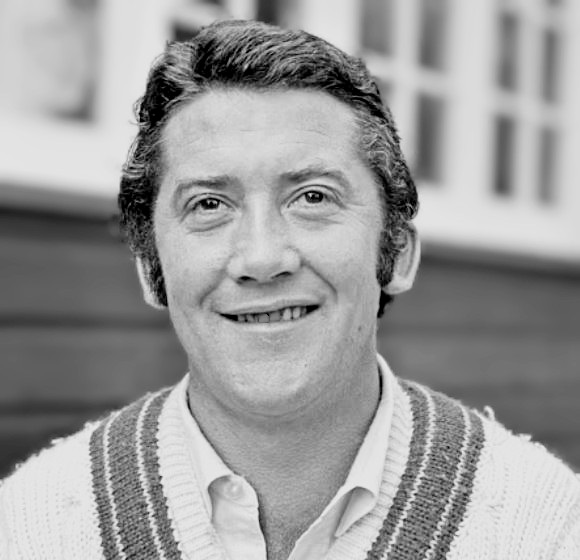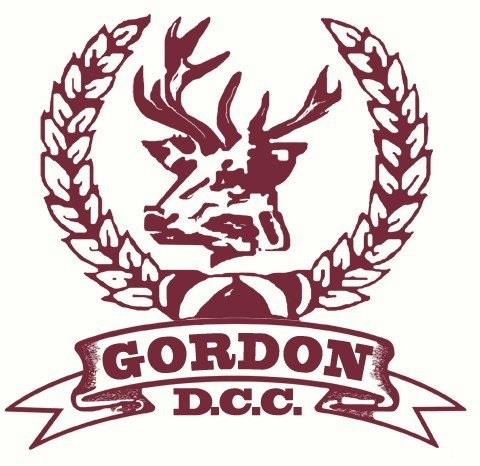This week in History of Gordon District Cricket Club – September 21, 2024
Gordon District Cricket Club | September 20, 2024

The 2024-25 Sydney Premier Cricket season starts on Saturday September 21 with two Kingsgrove Sports T20 matches. After making the final last season to lose to Randwick Petersham, the team is keen to go one step further.
With so much ‘white ball’ cricket played in both grade, state and international cricket it is interesting to look back and see where the one day game started in the Sydney Grade Cricket competiion.
The catalyst for the first match was the decision at the start of the 1967 season to allow Sheffield Shield cricket to be played on a Sunday, which prompted the retirement of Brian Booth who refused to play cricket ‘on the Sabbath’.
A group of Sydney cricketers, led by Test batsmen Jim Burke from Manly and Norm O’Neill from St. George, decided that Grade teams could also play on Sundays, and they launched, with the help of the tobacco company Rothmans, a limited-overs knockout tournament.
The sixteen First Grade clubs participated in the competition which was not as yet formally ‘recognised’ by NSW cricket. It was recognised the following season and was played for 9 years. The matches were played over 36 overs per innings and as an over in those days was 8 balls, this was effectively the equivalent of 48 six ball overs. As it was a ‘knockout’ competition the team would need to win 4 matches to be declared the winner. The matches were played on Sunday afternoons beginning at 12.30 pm, and Rothmans donated prize-money for the winner ($200) and runners-up ($100). There were no other one day competitions in Australia at the time and some matches attracted crowds of over 2,000 spectators.
With the lack of availability of many of the grade club grounds on a Sunday, it was left to the clubs to find a ground and with Manly Oval available Gordon were invited to play the first one day match against Manly at the Oval on 3 December 1967.
Manly scored 174 in their innings with Gordon captain Dick Guy taking 5 for 38. The idea of limiting the number of overs per bowler wasn’t thought of at that time and in one match Dick bowled 16 overs. In addition to Dick, Gordon had the recently debuted Test wicketkeeper Brian Taber in the team. The Manly team was strong with former Test batsman Jim Burke opening the batting, NSW representatives Barry Rothwell and Terry Lee batting at No. 4 and 5 and Test all rounder Peter Philpott at No. 6. The biggest danger was the big hitting Lee who was renowned for hitting sixes into the RSL club across the road. A beautiful delivery from Tony Wilson, however, deceived Lee to be caught by Dave Horsfield for only 20. That was the turning point and avoided a score of well over 200.
Some good batting from Lloyd Wilson, Brian Thompson, Warwick Murray and Brian Taber saw Gordon home in the final over. They scored 19 runs in the last two overs to win and while that might have seemed a lot of runs in 1967, in todays’s cricket to score 19 runs off 16 balls, is not a difficult task.
The team made it to the final in that first season defeating North Sydney and St. George in the preliminaries and losing to Western Suburbs in the final. Gordon were only able to put together 130 in their innings, however had Wests 8 wickets down when they passed the Gordon score.
Over the years of one day and T20 cricket, the role of the spinner has become very important, as exampled by the recent World Cup, however it wouldn’t have been a surprise to the Gordon club as in that first season of the Rothmans Cup, 32 of the 35 wickets taken were by Gordon spinners Dick Guy, Dave Horsfield and Tony Wilson. In that season, Dick Guy took 91 wickets in the grade cnmpetition and one dayers combined which remains the record for any one season in First Grade.
The score sheets for that first one day match is shown below:
Gordon’s first one day competition win was six seasons later when they won the 1973-74 Rothmans Cup.
The competition started with a match against Manly at Manly Oval. The Gordon team were strengthened with the inclusion of Test batsman, Ian Davis as well as Jim Catlin, Dave Gray, Bob Thomas, Michael Falk and Graham Mackie. The Manly team included young fast bowler Paul Stephenson who had toured the West Indies a few years earlier with Ian and Bob in the Australian Schoolboys team.
Gordon scored 141 in their innings and when rain washed out the match Manly were 6 for 117 off 27 overs. Both teams progressed even though Manly had the higher run rate! Frank Duckworth and Tony Lewis were only in their twenties in 1967. Even a simply calculation of a run rate per over wasn’t considered a fair result. Bob Thomas refuses to believe this match ever happened.
The Gordon batting score sheet for that match is shown below:
Gordon went on to defeat Randwick, Nepean, Northern Districts and then Balman in the final. Tony Steele who was to later play for Gordon scored 67 for Balmain in a total of only 93. The destroyers with the ball were Allan Poole who took 4 for 15 and Marshall Rosen who took 3 for 13 including the wickets of Steele and the last man, Test bowler Dave Renneberg. Gordon scored the required 94 runs for victory with Marshall Rosen scoring 39 not out and winning the Man of the Match award.









Sounds like the time when ODI cricket itself came into being - some time when only the final day of a multi day game was not washed out by rain and they opted to play 60 or 50 overs. Remember it was in England but not sure which teams were involved.